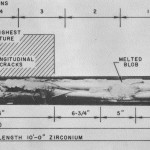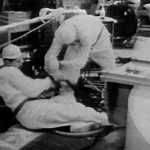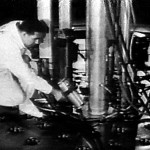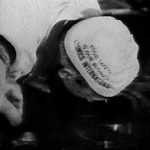The Santa Susana Field Laboratory (SSFL)
Advisory Panel
Independent Scientific Studies of Potential Community Impacts From SSFL Nuclear Meltdown and Other Contamination Released
5 Years in the Making
The Panel and its consultants have conducted a series of studies about the potential offsite impacts of contamination and accidents at the Santa Susana Field Laboratory, including, for the first time, independent analyses of how many cancers may result from the 1959 partial meltdown of a nuclear reactor at the site. Five years in the making and funded by the State Legislature and the Citizens’ Monitoring and Technical Assistance Fund, the new studies by the Santa Susana Field Laboratory Advisory Panel examine:
- How much radioactivity could have been released to the environment by the reactor that suffered a partial meltdown in 1959.
- How many cancers in the offsite population may have resulted from that release.
- Whether surface water runoff has carried contamination, particularly perchlorate, offsite.
- The potential for radioactively and chemically contaminated groundwater to migrate offsite.
- The potential for chemical and radioactive contamination of soil at the site to migrate down into groundwater, and whether the decision not to cap the radioactive burnpit may result in further migration.
- In addition, a paper by community members regarding their experience living beneath the site has been prepared.

These studies were initiated by the community, which wanted some independent answers about the Rocketdyne site and potential offsite impacts. Comments are welcome and revisions to the papers will take into account the comments received.
Click here to read the Panel’s report, summarizing the findings of the new studies and putting them in context:
Click on the links to read the individual scientific consultants’ studies and the community members’ essay:
An Assessment of Potential Pathways for Release of Gaseous Radioactivity Following Fuel Damage During Run 14 at the Sodium Reactor Experiment
BY DAVID A. LOCHBAUM
Feasibility of Developing Exposure Markers for use in Epidemiologic Studies of Radioactive Emissions from the Santa Susana Field Laboratory
BY JAN BEYEA, PH.D.
Geologic Features and their Potential Effects on Contaminant Migration, Santa Susana Field Laboratory
BY HOWARD WILSHIRE, PH.D.
An Analysis of the Design and Performance of the Clay Cap Used to Control Groundwater Recharge into the Fractured Bedrock Beneath the Former Sodium Burn Pit (FSDF) at the Boeing-Rocketdyne Santa Susana Field Laboratory
BY WILLIAM BIANCHI, PH.D.
Migration of SSFL Perchlorate Contamination Offsite
BY ALI TABIDIAN, PH.D.
Loss of Innocence
BY DAWN KOWALSKI, HOLLY HUFF, MARIE MASON, AND BARBARA JOHNSON
DISCLAIMER: The SSFL Advisory Panel is a project of the Tides Center and is not associated with, and is independent of, the Santa Susana Field Laboratory. The work of the SSFL Panel was supported by funds provided by the California State Legislature through a contract from the California Environmental Protection Agency and a grant from the Citizens’ Monitoring and Technical Assistance Fund. The statements and conclusions expressed in the Panel’s reports and those of its consultants are those of the Panel and/or its consultants and do not necessarily represent those of the Tides Center, the CMTA Fund, or CAL-EPA. The mention of commercial products, their source, or their use in connection with material in the reports is not to be construed as actual or implied endorsement of such products.


